
Diabetes is a common and frequently-occurring disease. It is a global public health problem that seriously threatens human health. Most diabetes has a hidden onset and relatively mild symptoms. More than half of the patients can be asymptomatic for a long time, threatening the physical and mental health of about 537 million people around the world. There are 130 million diabetic patients in China, and the incidence rate is increasing year by year. It is expected that by 2030, the number of people suffering from diabetes will soar to 643 million!
Given the limitations of existing treatment methods, researchers have set their sights on regenerative therapy in recent years. It is gratifying to note that good news has come again in the field of diabetes recently, and China and foreign countries have made breakthroughs!
01 Diabetes
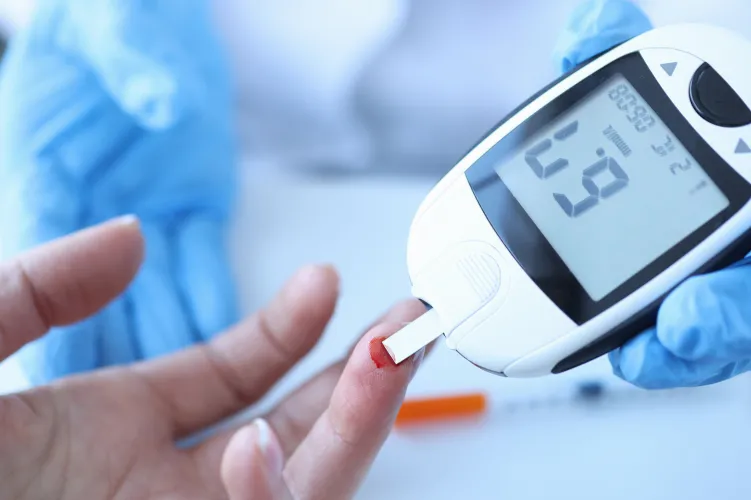
Type 1 and type 2 diabetes are very different
Diabetes mellitus (DM) is a severe and high-incidence chronic metabolic disease characterized by absolute or relative insulin deficiency or insulin resistance. Currently, the most widely used and recognized method for classifying the etiology of diabetes in clinical practice is the recommendation put forward by the American Diabetes Association (ADA) in 1997 and the World Health Organization (WHO) in 1999: According to the etiology, diabetes can be divided into type 1 diabetes (T1DM), type 2 diabetes (T2DM), special types of diabetes and gestational diabetes (GDM).
Subsequent different academic organizations and different expert consensuses have different suggestions on the classification of diabetes, as follows:
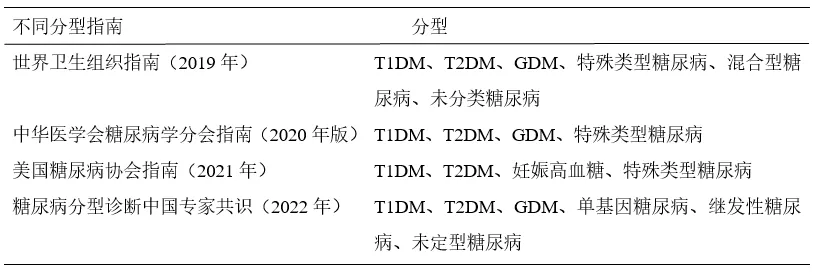
Type 1 diabetes mellitus (T1DM)
Type 1 diabetes is diabetes caused by the development of the immune system or immune stress. It is also known as insulin-dependent diabetes (I1DM) or adolescent diabetes. It is prone to diabetic ketoacidosis (DKA), also known as youth-onset diabetes. This is because it often develops before the age of 35, accounting for less than 10% of diabetes.
People with type 1 diabetes usually need daily injections of insulin to replenish unproduced insulin, which means that patients need to use insulin treatment from the beginning of the onset and use it for life.
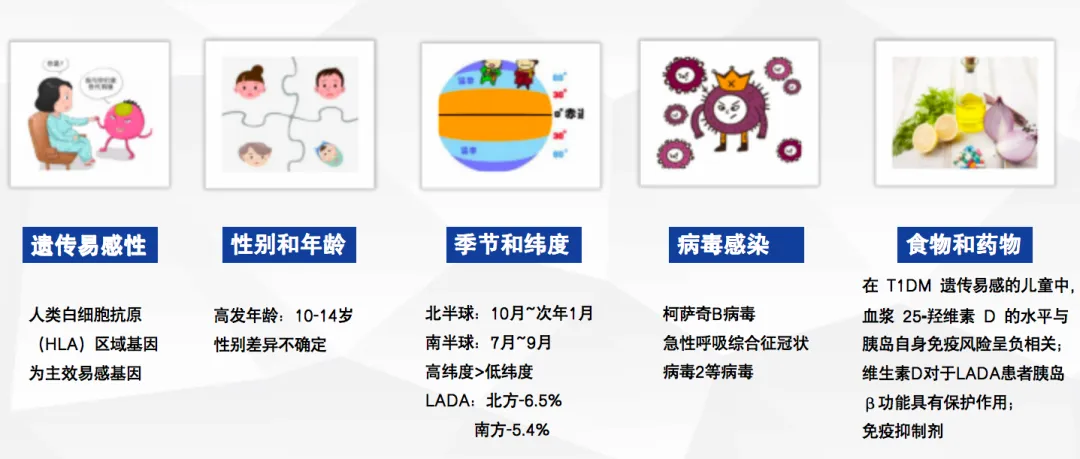
Type 2 diabetes mellitus (T2DM)
Type 2 diabetes is the most common type of diabetes. Because it occurs most in adults, it is also known as adult-onset diabetes. The disease is mainly caused by insulin resistance and pancreatic beta cell secretion dysfunction, accounting for about 85% to 95% of all diabetic patients. About 30% of people with type 2 diabetes need insulin injections to control the condition.
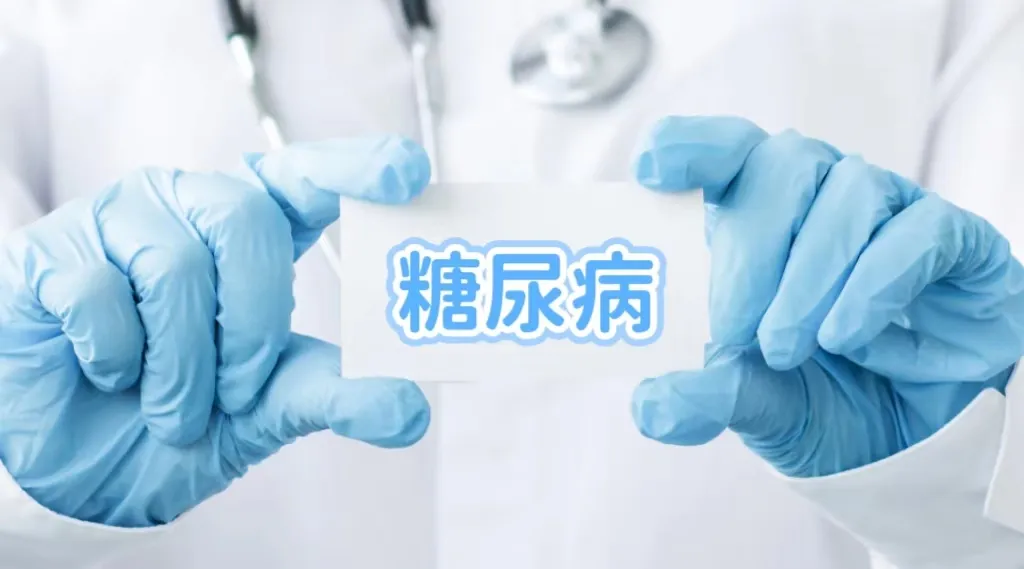
The horror of diabetes is not the blood sugar itself, but the risk of teratogenicity and disability caused by long-term high blood sugar, such as cardiovascular and cerebrovascular diseases, kidney diseases, eye diseases, and neuropathy.
There are more than 100 complications, and there are 6 common chronic complications: diabetic cardiovascular complications, diabetic cerebrovascular disease, diabetic nephropathy, diabetic eye complications, diabetic foot, and diabetic neuropathy. Acute complications of diabetes include diabetic ketoacidosis, hyperosmolar hyperglycemia, and lactic acidosis.
02 Diabetes cell therapy
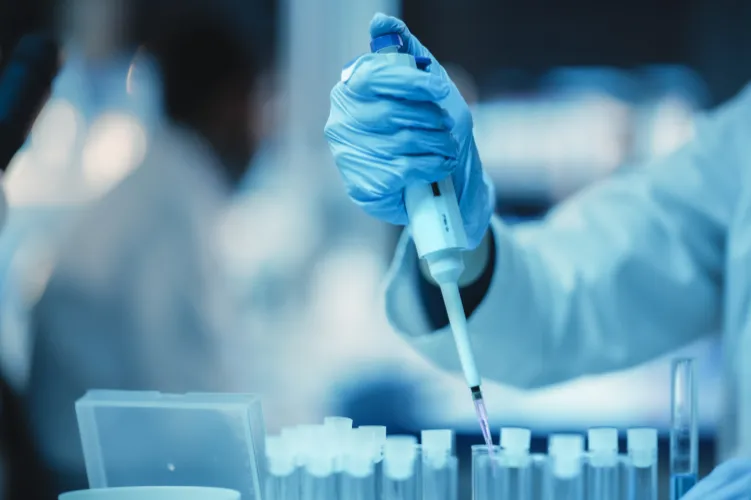
China and foreign countries have recently updated two major breakthroughs in the field of diabetes cell therapy!
Stem cell treatment of diabetes is a new treatment method that involves injecting stem cells into patients to promote insulin secretion and achieve the purpose of treating diabetes.
Stem cells are a type of primitive cells with self-replication and multi-directional differentiation potential. They can differentiate into a variety of functional cells or tissues and organs under certain induction conditions. Because of this unique property, the medical community sometimes calls them "universal cells."
In the treatment of diabetes, scientists usually use the following types of stem cells:
● Mesenchymal stem cells (MSCs): Can be extracted from various tissues such as bone marrow, adipose tissue, and cord blood. They have immunoregulatory and anti-inflammatory effects. They can improve the environment of pancreatic beta cells, reduce autoimmune attacks, and help repair damaged cells.
● Embryonic stem cells (ESCs): They are totipotent and can differentiate into any type of cell. However, their use involves ethical issues and may damage embryos during the extraction process.
● Induced pluripotent stem cells (iPSCs): By reprogramming mature cells to stem cell states, the ethical issues of using embryonic stem cells can be avoided. They also have the ability to differentiate into various cell types.
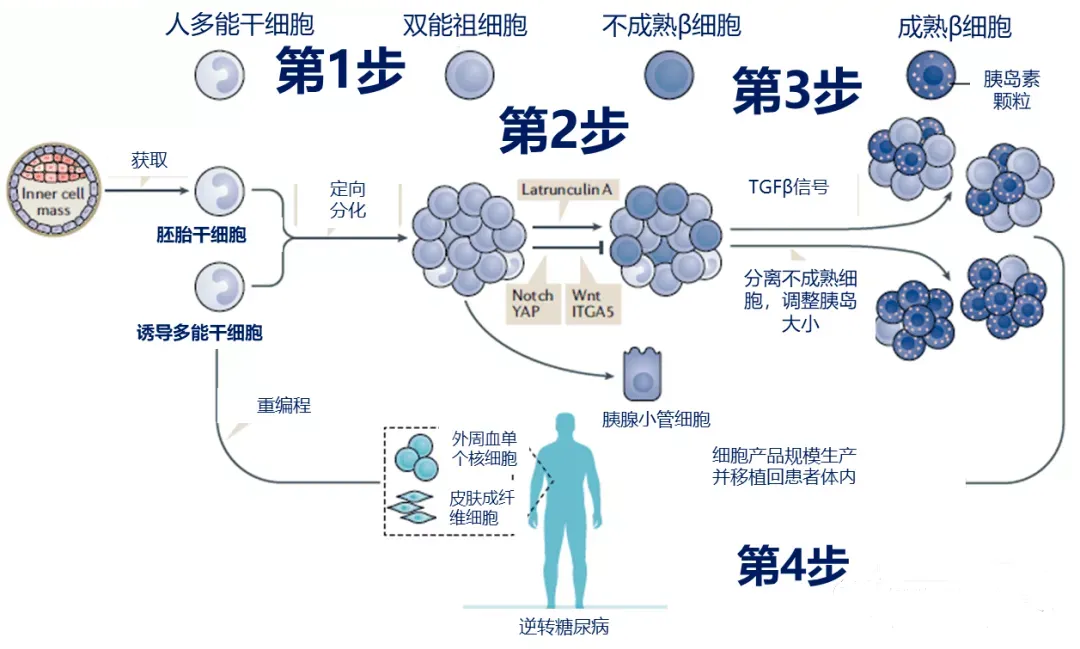
Dawn of type 2 diabetes: China's first new class 1 genetically modified mesenchymal stem cell drug IND approved
On August 28, 2024, the Center for Drug Evaluation (CDE) of the State Food and Drug Administration approved the new drug clinical trial application (IND) of Jiyuan Biotech's "Human GLP-1 and FGF21 Dual Factor Highly Expressing Adipose Stem Cell Injection". The indication is type 2 diabetes, which is the first genetically modified stem cell in my country approved for clinical filing.
This therapy uses genetic modification technology to efficiently modify adipose stem cells so that they express two important metabolic regulatory factors in patients 'bodies, namely glucagon-like peptide-1 (GLP-1) and fibroblast growth factor 21(FGF-21). Its ultimate goal is to improve islet function, regulate blood sugar, and control weight by adjusting these two primers, and ultimately achieve the goal of treating type 2 diabetes.
Note: GLP-1 is a hormone secreted by the intestine. It plays a role in stimulating insulin secretion, inhibiting glucagon secretion, and delaying gastric emptying. It has become an important target for the treatment of type 2 diabetes.
FGF-21, a key glycolipid metabolism regulator molecule synthesized by the liver, has functions such as improving insulin sensitivity, regulating fat metabolism, and lowering blood sugar. Highly expressing these two important metabolic regulatory factors on adipose-derived mesenchymal stem cells can achieve coordinated regulation of glycolipid metabolism. At the same time, using the homing characteristics of stem cells, they can target relevant tissues and organs, helping to protect pancreatic beta cells and prevent complications.
It is reported that the clinical research on this project will be conducted by Ruijin Hospital Affiliated to Shanghai Jiao Tong University School of Medicine, with Professor Ning Guang, academician of China Academy of Engineering, as the principal investigator. This research marks an important step in China's research and development of genetically modified mesenchymal stem cells (MSC) drugs, bringing new light to patients with type 2 diabetes!
New induced pluripotent stem cell islet replacement therapy (cell bag) helps type 1 diabetes patients without insulin for 4 years
● Sernova Cell Bag: Novel Induced Pluripotent Stem Cell (iPSC) Islet Replacement Therapy
Sernova Cell Bag is an implantable off-the-shelf induced pluripotent stem cell (iPSC) islet replacement therapy developed by Canada-based regenerative medicine therapy company Serrova Corp and the University of Chicago School of Medicine.
The treatment principle of this therapy is to use minimally invasive technology to implant this small implantable medical device under the skin of the patient's abdominal muscles. After implantation into the cell bag for about 6 weeks, the condition is stabilized by immunosuppressive therapy, and then the islet cells are transplanted into the vascularized tissue cavity formed by the cell bag. Because the device is porous, it will form a natural vascularized tissue environment in the body after implantation, allowing therapeutic cells to survive and function for a long time, releasing necessary factors that diabetic patients lack or lack, and is suitable for use in insulin-dependent diabetes (Type 1 diabetes).
● 2024 European Association for the Study of Diabetes: Phase I/II clinical study results are promising!
On September 12, 2024, the results of the first phase 12 clinical trial of Sernova cell bags (NCT03513939) were announced at the 2024 European Association for the Study of Diabetes (EASD) Annual Meeting. The study enrolled patients with type 1 diabetes aged 18 to 65 years with a history of more than 5 years and a history of severe hypoglycaemic episodes and hypoglycaemic unconsciousness, meaning that they were unable to detect the risk in dangerous hypoglycaemia. After enrollment, patients were divided into two groups: Group A (6 patients, receiving first-generation cell bag treatment) and Group B (7 patients, receiving cell bag treatment with a 50% increase in islet volume).
The results showed that all patients in Group A achieved the goal of eliminating the need for exogenous insulin therapy for a long time after treatment. In particular, one patient had not required insulin injections for four consecutive years, and his blood sugar level remained within the normal non-diabetic range. All of these patients had glycosylated hemoglobin (HbA1c) levels controlled at or below 6.5%, while reference values showed that HbA1c in non-diabetic patients was usually between 5.7% and 6.4%.
In general, the generation of functional islet beta cells through stem cell technology and the implantation of these cells into patients with cell encapsulation technology can not only replace traditional insulin injections, but also effectively avoid immune rejection. This combination application is expected to break through the limitations of current treatment, provide a safe, effective and potentially permanent treatment plan, and fundamentally change the quality of life of patients with type 1 diabetes!
Diabetes is a metabolic disease that plagues the health of countless patients. Patients not only need long-term medication treatment, but the resulting complications, such as diabetic foot, diabetic nephropathy, etc., are also a serious threat to the patient's physical and mental health. With the continuous development of regenerative medicine such as stem cells, researchers are eager to find solutions at the cellular level.
Although stem cell treatment of diabetes is still in its early stages, more and more research at home and abroad in recent years has confirmed the effectiveness and safety of stem cell therapy in the treatment of diabetes, bringing new hope and choices to diabetic patients!